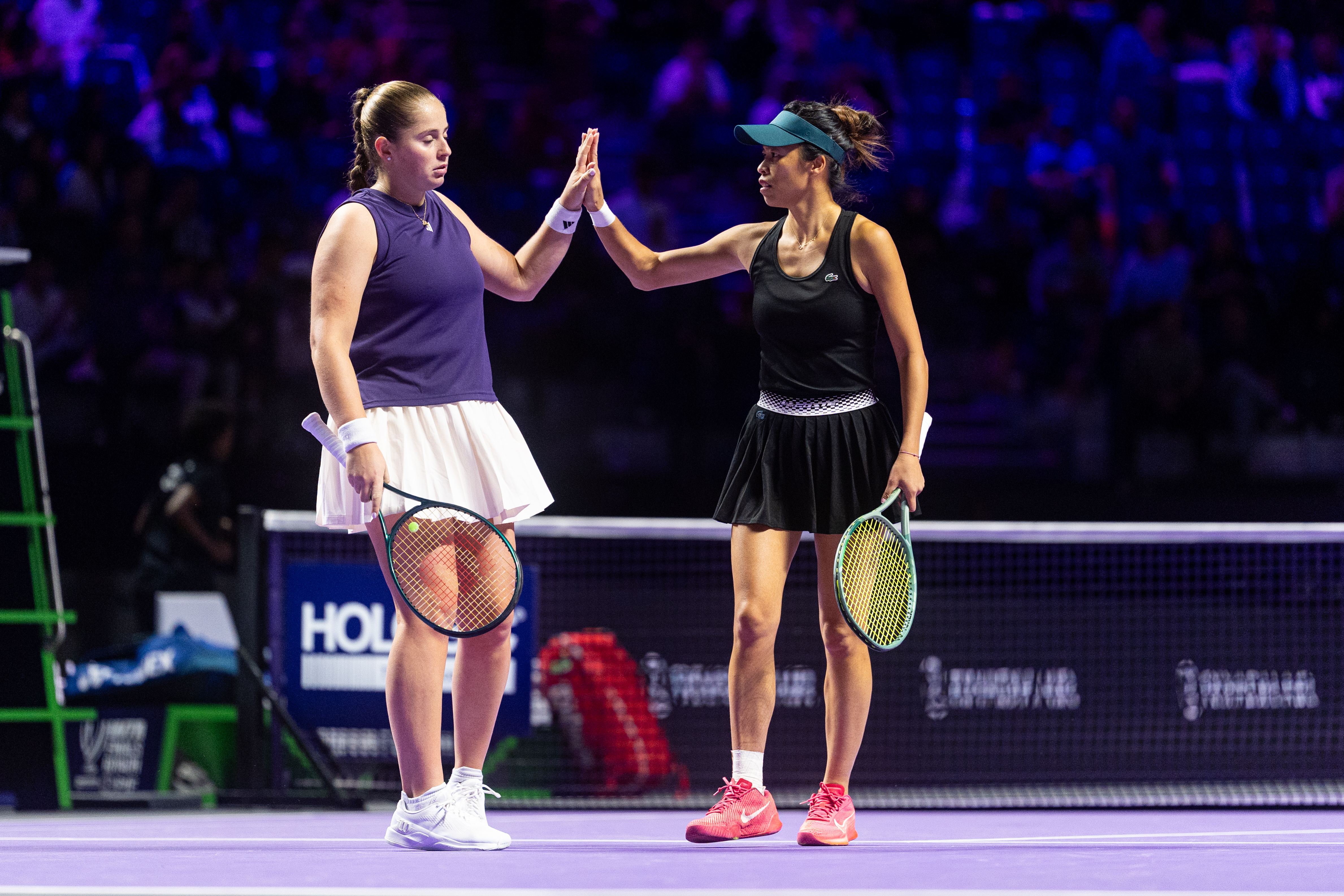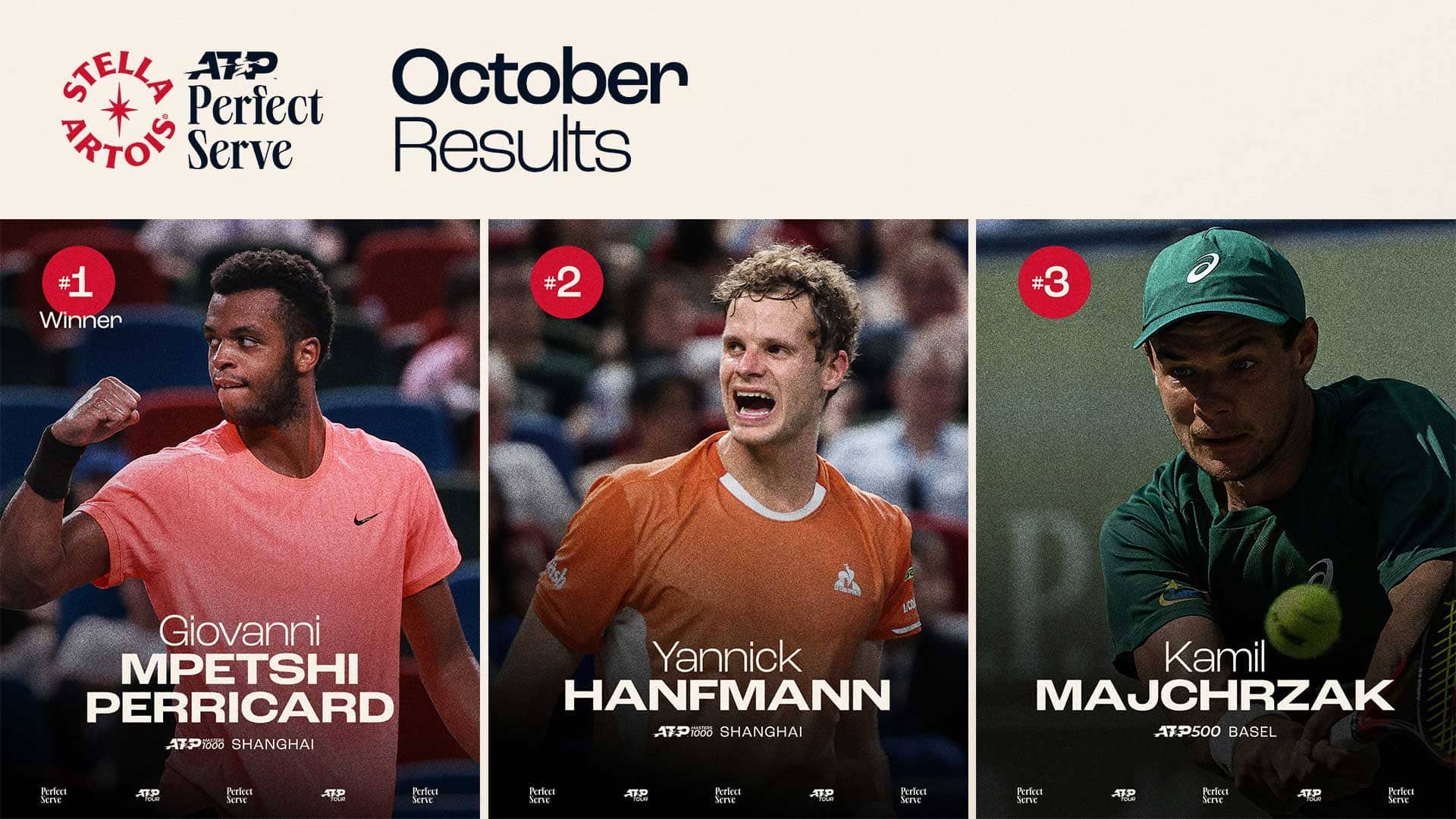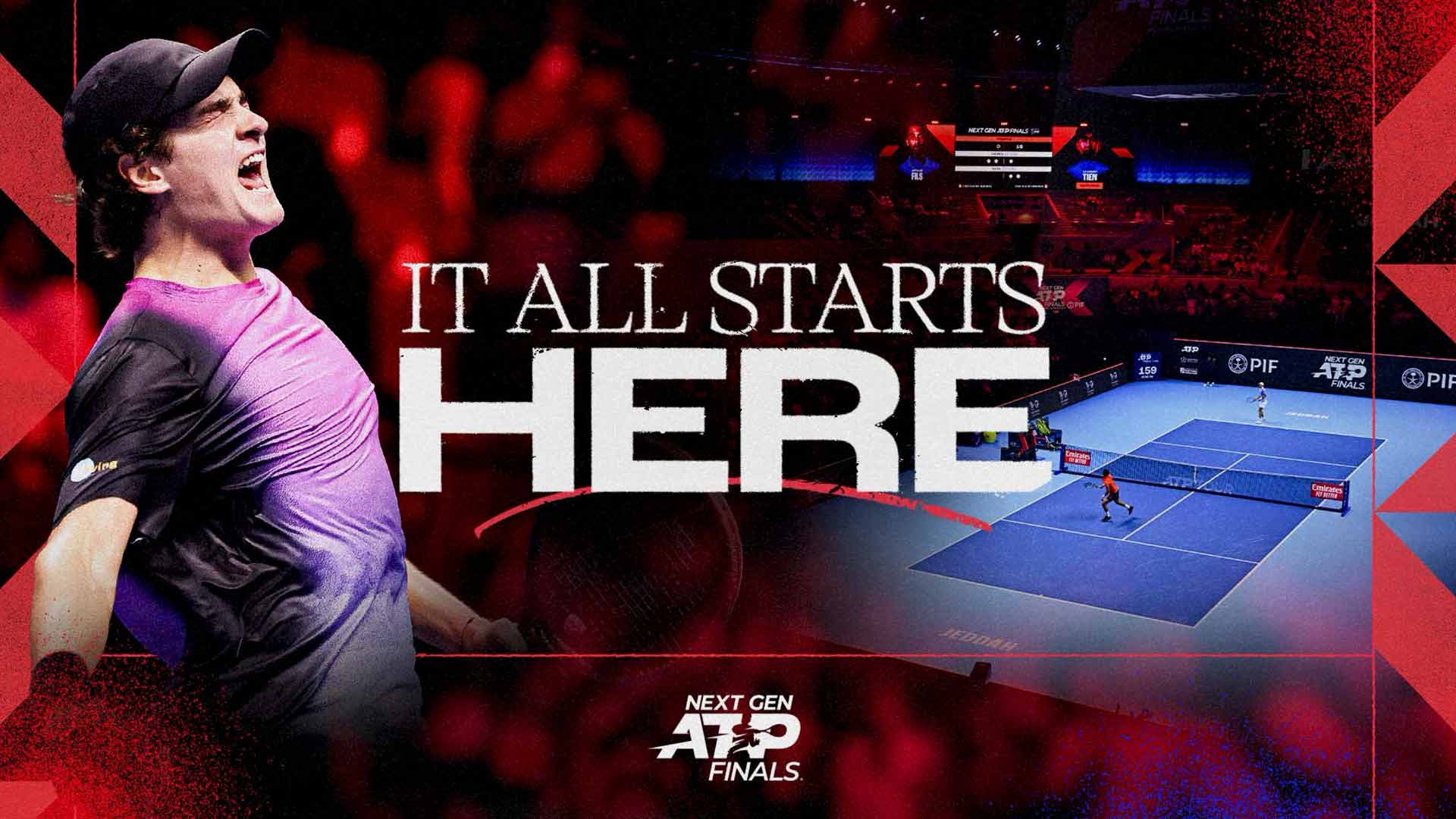Intuition and Levity Drive Doubles Deep in Riyadh
Amid the WTA Finals' tightening draw, veteran pairs like Ostapenko and Hsieh turn shared quirks into semifinal momentum, their seasoned bonds outlasting youth and scheduling chaos on Riyadh's fast courts.

In Riyadh's vast arena, where cool desert nights amplify every serve's echo, the WTA Finals doubles semifinals unfold with a rhythm honed by global circuits and intimate partnerships. These matches carry the weight of a season's toll—jet lag, surface shifts, and the quiet strain of balancing singles ambitions—yet the surviving teams thrive on experience that averages 30 years old, three-and-a-half beyond their singles counterparts. Seven players top 30, four reach 29, and three more sit at 28, their maturity a tactical edge over the eliminated youth of Mirra Andreeva and Diana Shnaider, 18 and 21, the youngest duo since Martina Hingis and Anna Kournikova in 2000, who fell Tuesday despite singles rankings of No. 9 and No. 21.
Laughter sparks on-court synergy
Jelena Ostapenko and Hsieh Su-Wei capture this blend of playfulness and precision, their No. 6-seeded run built on glances that cue aggressive setups without a word. At 28, Ostapenko channels her Roland Garros singles fire into powerful inside-out forehands that stretch opponents wide, setting up Hsieh's net rushes on Riyadh's speedy hard courts. The 39-year-old veteran, the oldest qualifier with 35 titles across nine partners, counters with crafty underspin slices and volley redirects, her intuition turning potential errors into crosscourt winners that disrupt baseline rhythms.
Their chemistry emerged before the 2024 season, when Hsieh's coach pursued Ostapenko's availability, leading to this 2025 pairing after Ostapenko's prior team with Lyudmyla Kichenok. Despite records of 37-15 and 33-17 without a shared title, they qualified through seamless one–two combinations, Ostapenko's curving serves feeding Hsieh's anticipation at net. Hsieh's accidental comeback after a one-and-a-half-year retirement adds resilience; she draws on optimism to compensate for physical dips, varying returns to counter power while maintaining poise in high-stakes rallies.
“We both are cuckoo!”
Ostapenko shakes her head at Hsieh's outburst, then adds that a simple look conveys their next move, dissolving tension into shared laughter that eases the arena's pressure. She scouts her partner as one of the best volleyers, joking about her ups and downs but praising the hands that excel in quick exchanges. Hsieh reciprocates by highlighting Ostapenko's aggression and effort, qualities that shine when shots falter, turning Riyadh's evening sessions into moments of exhilarated flow.
This is Hsieh's sixth Finals, including a 2013 win with Peng Shuai, finals losses in 2019 alongside Barbora Strycova, and 2021 with Elise Mertens, plus last year's Riyadh appearance with the same partner. Her picture could define "crafty," with drop shots and net poaches that force errors, her patience a mental anchor as the crowd's murmurs build toward semifinals intensity.
Reunions sharpen tactical edges
Elise Mertens and Veronika Kudermetova, the No. 4 seeds, reunite after their 2022 Fort Worth title, their introverted styles meshing in quiet practices that refine crosscourt exchanges on indoor hard. Mertens, ranked No. 20 in singles with wins in 's-Hertogenbosch on grass and Singapore on hard, uses doubles to hone volleys and reactions, extending tournament life after early singles exits. Kudermetova, No. 30, brings baseline power through inside-in forehands that pin opponents deep, her serves setting up Mertens' steady net coverage in one–two patterns that won them Wimbledon this year.
Their paths diverged post-2022—Mertens with Storm Hunter in 2023 and Hsieh in 2024, Kudermetova more steadily with Chan Hao-Ching—until Mertens texted about teaming up again for 2025. Kudermetova waited hours to reply, teasing the anticipation, but their bond fosters honest mid-match talks, like adjusting from angled returns to deeper drives when forehands struggle. This adaptability, born from singles priorities that clash with doubles schedules, boosts confidence; as Kudermetova notes, doubles matches keep skills sharp, pushing singles rankings higher through practiced serves and quick decisions.
“Sometimes during the match, I can say this part of my game I don’t think is working so well—let’s see what we can do better.”
Mertens smiles, recalling their Wimbledon pivot: “And we won it.” Her seventh Finals spans five partners, from Demi Schuurs in 2018 to Aryna Sabalenka in 2019, whose booming serves during COVID-era Australian sessions tested reactions and built early success. That young powerhouse, now world No. 1, needed mental consistency Mertens saw potential in; their time together sharpened her own tactical versatility, now evident in Riyadh's precise redirects and down-the-line poaches.
As non-specialists, they prioritize singles yet leverage doubles for mental resets, the arena's lights highlighting their calm adjustments amid the draw's pressure. Their story underscores how reunions rebuild arcs, turning seasonal flux into semifinal strength where every volley carries forward momentum from grass triumphs to hard-court battles.
Experience navigates endless circuits
The No. 1 seeds Katerina Siniakova and Taylor Townsend embody adaptable excellence, Siniakova's fifth year-end No. 1 honor at 29 fueling partner shifts like Wuhan with Hunter and Seoul with Krejcikova when Townsend skipped Beijing and Wuhan WTA 1000s. Townsend responded with an Osaka title alongside Kristina Mladenovic and Tokyo semifinals with Ellen Perez, her powerful overheads complementing Siniakova's slice backhands that set up crosscourt lobs. Their bond provides continuity in a nomadic season, the field's maturity allowing tactical depth to prevail over raw speed in Riyadh's fast indoor play.
Timea Babos and Luisa Stefani, No. 7 and unranked in singles, rely on doubles purity, Babos' seven Grand Slams—including four Wimbledons—built on serve-volley rushes and net anticipation that exploit gaps. At 32, she reflects on a 2013 Birmingham win with the then-26-year-old Hsieh, admiring the veteran's unique lifestyle and body that sustain play at 39, though Babos vows no such longevity. Stefani's poise in lobs and passes anchors their sequences, countering the singles-driven chaos that sidelined Andreeva-Shnaider, whose youth couldn't match the veterans' surface savvy from Abu Dhabi clays to Charleston greens.
Hsieh quips about upping the age average, her smile defiant as she eyes health and enjoyment over retirement timelines. Siniakova, eyeing family soon, marvels at Hsieh's enduring skill, from early inspirations to recent Ningbo semifinals together. The No. 3 seeds Gabriela Dabrowski and Erin Routliffe, free of singles pulls, immerse in patterns like precise overheads and redirects, Routliffe's Charleston title with Ostapenko illustrating the carousel's demands yet building resilience.
Ostapenko's mid-season wins in Abu Dhabi with Perez and Charleston with Routliffe highlight scheduling's mental toll, yet these shifts forge intuitive edges. In Riyadh, as serves crack and volleys crisp the air, these pairs—Mertens-Kudermetova's honest tweaks, Siniakova-Townsend's fluid adaptations, Babos-Stefani's fire—converge with Ostapenko-Hsieh's levity, their experience promising semifinals volleys that pierce defenses and chase the title's horizon with unyielding drive.


